How to properly glue wallpaper in the corners of a room?
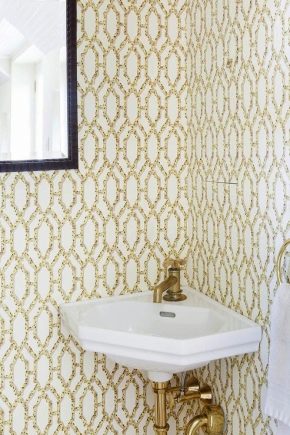
Decorating walls with a material such as wallpaper is the most common way when it comes to renovating an interior. It is convenient to invite experts to wallpaper the premises, but not necessary. It is enough to be ready to carry out such repairs on your own.
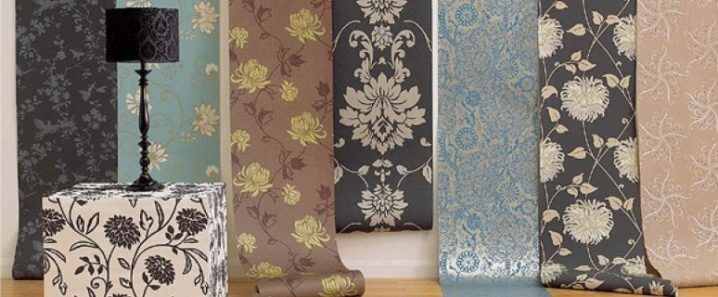
Process features
If there is no extra money to pay professional finishers, you can cope with the pasting of the walls yourself. Here are just problems with how to gently glue the wallpaper in the corners. Before you get down to business, it's best to know some building rules.
It doesn't matter where to start wallpapering the room, if all the corners are even. If this is not the case, it is better to choose the corner, after sticking the wallpaper on which it will be possible to avoid skewing of the stripes on a flat surface. In any case, it is better to start work from a corner that is not conspicuous, or at least in the future will be obstructed by furniture. It is certainly not necessary to choose a protruding corner for pasting with the first canvas.
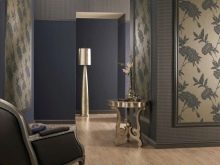
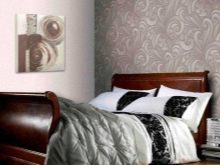
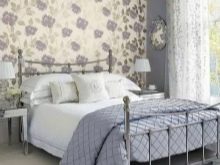
You should not use a whole wallpaper at the junction of two walls, especially considering that some are very wide. Even at the most even and neat-looking turn, the wallpaper wrinkles and slightly warps, shrinking after drying.
If there are switches or sockets near the corners, it is better to interrupt the power supply before starting work, remove the covers of these devices. The protruding parts of the electrical system can simply be pasted over with wallpaper, and after completion of the work, carefully cut out the places of sockets and switches. So you will simplify your work and the result will be better.
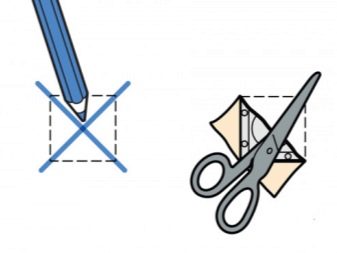
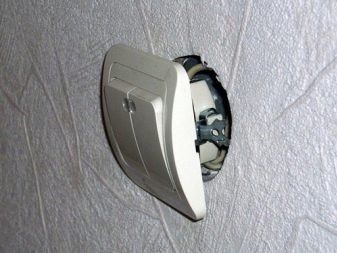
Surface preparation
So that wallpapering the walls at the very first turn does not turn into torture, you need to carefully prepare the walls for decoration in advance.
The corners on closer inspection may turn out to be curved, rounded, sometimes they have noticeable depressions and bumps. Therefore, experts advise not to spare time and effort to putty an uneven surface, and maybe plaster. Plaster corners will be a good helper in this matter.

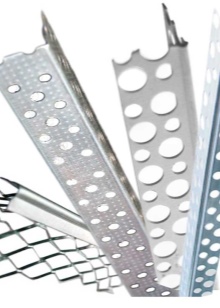
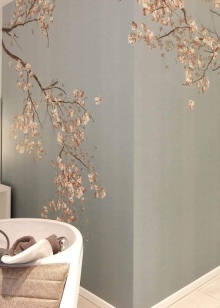
They are leveled and glued with the same plaster or putty. There are corners for inside and outside corners, when the fresh putty is dry, it needs to be rubbed with sandpaper to make the surface smooth. Then the corners should be carefully primed and wait for the excess moisture to leave the primer as well.
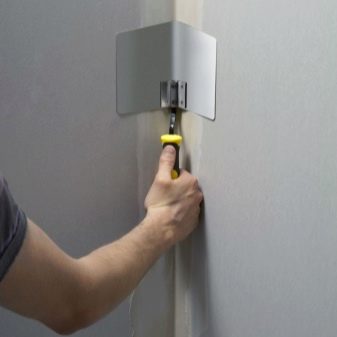
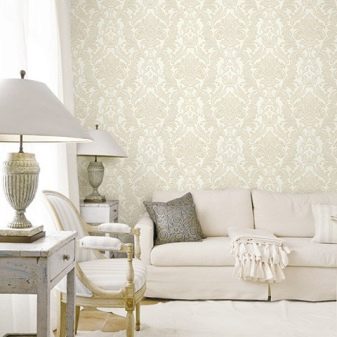
All these measures will make the process of pasting corners itself easier, and you will be satisfied with the result.
If you cannot achieve absolute evenness or there is no time to do this, you need to be very careful when choosing the wallpaper itself. For pasting curved surfaces, loose finishing materials are suitable, since they will have to be glued with an overlap, and should not be noticeable from the side of the place where the canvas is applied to the canvas.
A good choice in this case would be non-woven wallpaper with a small pattern or plain. Also, the curvature of the corner can be hidden by non-smooth decorative materials, or even fiberglass for painting.

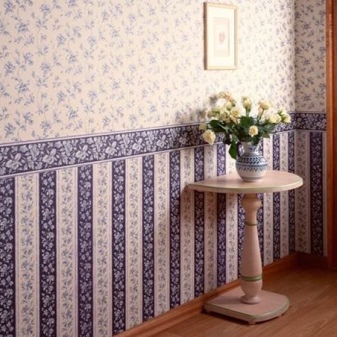
Sticking step by step:
- Before you start pasting, you need to prepare all the tools and materials.
- Calculate the area to be pasted over and buy the required number of rolls of wallpaper.
- Select the appropriate wallpaper glue and dilute according to the instructions.
- Stock up on a tape measure, plumb line, pencil, long metal ruler.

- Prepare a construction knife, roller, brush, sponge or clean rag.
- Bring a stool or stepladder to reach the top edge of the wall during work.
Having retreated from the junction of four or five centimeters, draw a line along the wall with a pencil, perpendicular to the floor, focusing on the plumb line. Most modern wallpapers are glued side by side. Therefore, it depends on how correctly you draw this line and stick the first canvas, whether the subsequent stripes will lie strictly vertically or with a bias.
To be sure, it is better to make pencil guidelines for each of them.

The wallpaper strips are cut with a margin of 2 centimeters, since they become shorter after drying. Since wallpaper is sold in round rolls, which are also quite wide and heavy, it is inconvenient to apply them to the wall every time. So it is better to cut a decorative canvas on the floor on a surface prepared for rolling wallpaper.
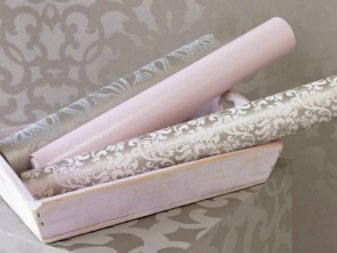

The wall must be carefully glued with glue. Particular attention should be paid to the corners, because it is in these places that the probability of lagging of the decorative layer is greatest. The rule of glueing the wall applies to all cases: when you decorate walls with paper, non-woven, and vinyl wallpaper. And in the case of using heavy vinyl wallpaper, you need to coat them with glue as well. In the process of work, if you hesitate and the glue in the corners has dried out, be sure to repeat the gluing again.

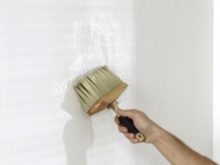

The technique of pasting corners has long been worked out. There are techniques for both external and internal corners pasting.
External
When decorating walls, convex surfaces are especially striking, so the quality of pasting outside corners will largely determine the perception of the room as a whole. If the corners are even, it is enough to wrap the wallpaper around the corner of a centimeter three or four from the protrusions and glue. If the wallpaper starts to wrinkle, you will have to carefully trim it at the folds. The next strip can be glued to the wall as it is done on a plane.
If the outside corners are crooked, it won't be easy to fix the problem. When you decorate walls with materials that practically do not shrink after drying and are combined joint to joint, the canvas at the corner must be glued in such a way that it protrudes five centimeters beyond the turn. When gluing the other sheet, it should run over the previous one a little. A neat cut is made in the middle along the ruler.
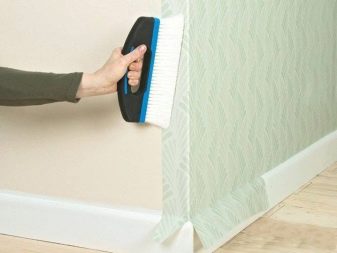
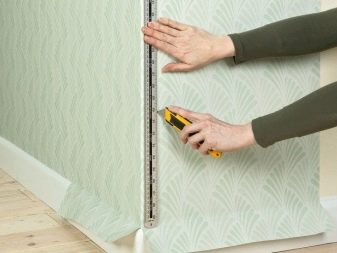
Excess material at the top and bottom remains to be removed. Smooth the canvas as it should and press it as tightly as possible to the surface.
If you are dealing with paper wallpaper, you do not need to rush to cut the overlap. Recheck the label for correctness using a plumb line. If the deviations are very large, obviously unnecessary wallpaper can be carefully cut along the intended line.
To complete the design of the outer corner and so that the wallpaper does not fray over time on the ledge, it is better to use plastic corners for wallpaper matched to them in color. It is necessary to calculate in advance how many of them will be required for work. The corners are glued to liquid nails or using silicone sealant.
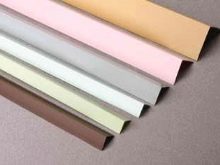
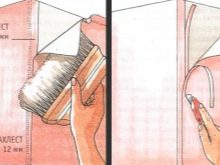
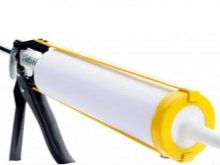
The outside corner approach is also used on overhangs around doors and windows. Beams and other similar elements with external corners are pasted over separately in the same way using wallpaper scraps that remained after gluing the canvases on the walls.
Interior
In order to correctly dispose of the next canvas in the corner, you need to measure the distance from the extreme glued strip to the joint and add two more centimeters to the resulting figure. The wallpaper strip must be cut with this in mind and applied to the wall, previously greased with glue. When properly trimmed, the narrow strip of wallpaper should be on the adjacent strip behind the seam line.Smooth the canvas with a roller and a rag to release all the air between the wall and the future decorative coating.
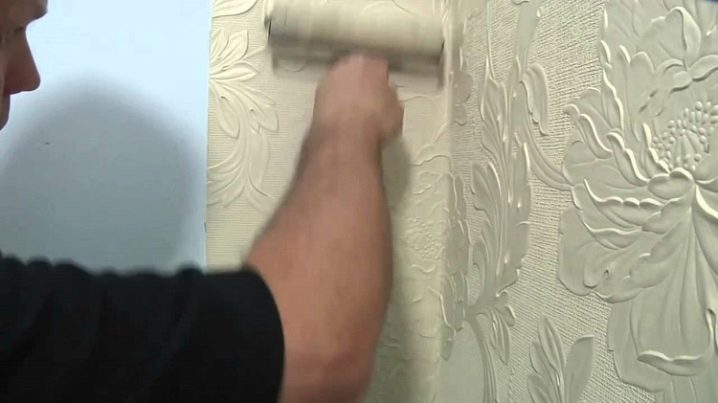
If such a bubble does not want to disappear, experienced people recommend piercing it to release air, and using a syringe, pour a little glue under the wallpaper, and then smooth it with a roller.
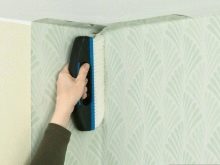
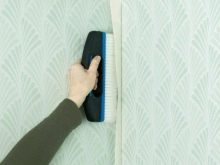
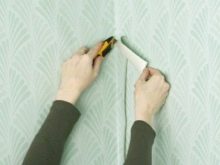
If the angle is uneven and wrinkles appear on the strip during gluing, with scissors, as in the case of the outer corner, you need to make neat cuts towards the fold and glue the canvas.
The neighbor strip must be glued on the second wall with an overlap of a couple of centimeters on the previous one. Check the quality of your work with a plumb line. When smoothing the second sheet, do not press the edge of the required allowance against the wall.
Then, along the ruler, you need to cut through the layers with a construction knife, remove the extra top layer, and then the lower segments. Once again, coat the wallpaper in the corner with glue and press it against the wall so that no air bubbles remain.

If everything is done carefully, you get an even seam.
The subtleties of working with a picture
There are certain difficulties in order to beautifully stick wallpaper with a pattern in the protruding and inner corners. Using a decorative coating with a clear, pronounced pattern, you will have to try not to distort it at the junction. It is necessary to foresee this task in advance when selecting materials in the store.

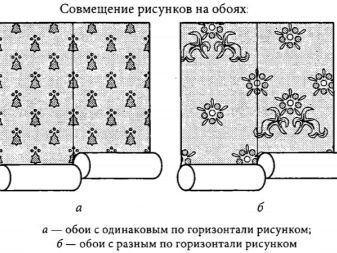
Distortion is especially noticeable on wallpaper with vertical stripes. If the drawing is horizontal, it may appear skewed in relation to the ceiling and floor.

This can be avoided only if the corners are overlapped. The edge of the web should be glued strictly along a plumb line. The adjacent strip must be carefully trimmed along the edge of the corner. Moreover, when pasting the wall with paper wallpaper, all these manipulations must be performed not only carefully, but also at maximum speed. Otherwise, the coating itself will creep and you will ruin more than one wallpaper strip.
To make the irregularities barely noticeable, it is recommended to hide the resulting joint in the upper part of the corner. It is unlikely that it will be possible to avoid a certain shift in the pattern, but with a competent approach it will be so imperceptible that the eye will cling to the joints only for those who themselves performed this repair.

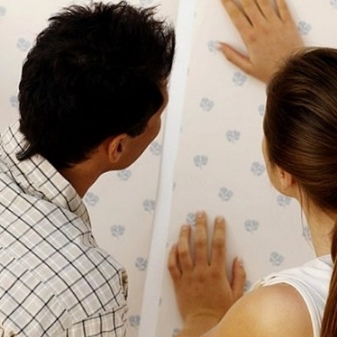
Correct combination
In order to decorate the walls with wallpaper in an original way, to highlight specific functional areas with them, to emphasize the merits of a particular room, designers offer numerous ways to use decorative materials of different colors. Wallpaper may differ in design and texture.
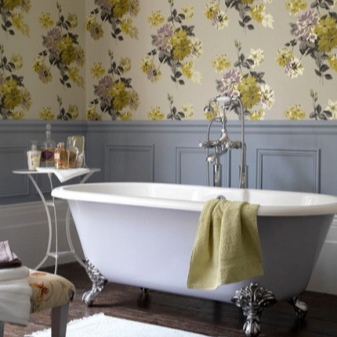
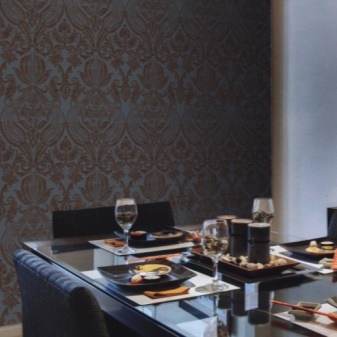
All this must be taken into account when different wallpapers are joined in the corner. The canvases, very dense in structure, are glued with minimal overlap. In the case of fiberglass wallpaper, the uneven spots will be very conspicuous. One edge of the canvas that is on top of the other cannot be hidden.


Vinyl wallpaper is fixed only with a rubber roller. Using other tools can erase the drawing and spoil the overall look of the decor. This must be borne in mind, including gluing such wallpaper in the inner corners, where it is not always convenient to wield with only one roller, achieving full adhesion of the wallpaper to the wall surface.
When joining wallpapers of different texture, the same paper and vinyl, you need to stick them so that the thinner ones turn out to be under the denser and thicker ones. Then the place of the overlap will become less prominent.
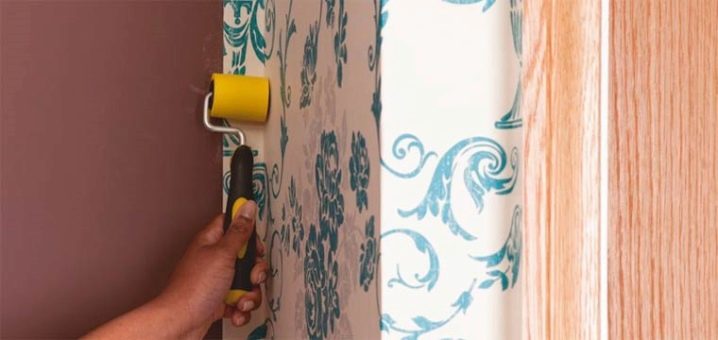
Considering all these tricks, even without the involvement of professionals, you can achieve a neat wallpaper sticker. The results of your efforts will delight you for years.
In this video, you will find tips for gluing wallpaper in the corners.













The comment was sent successfully.